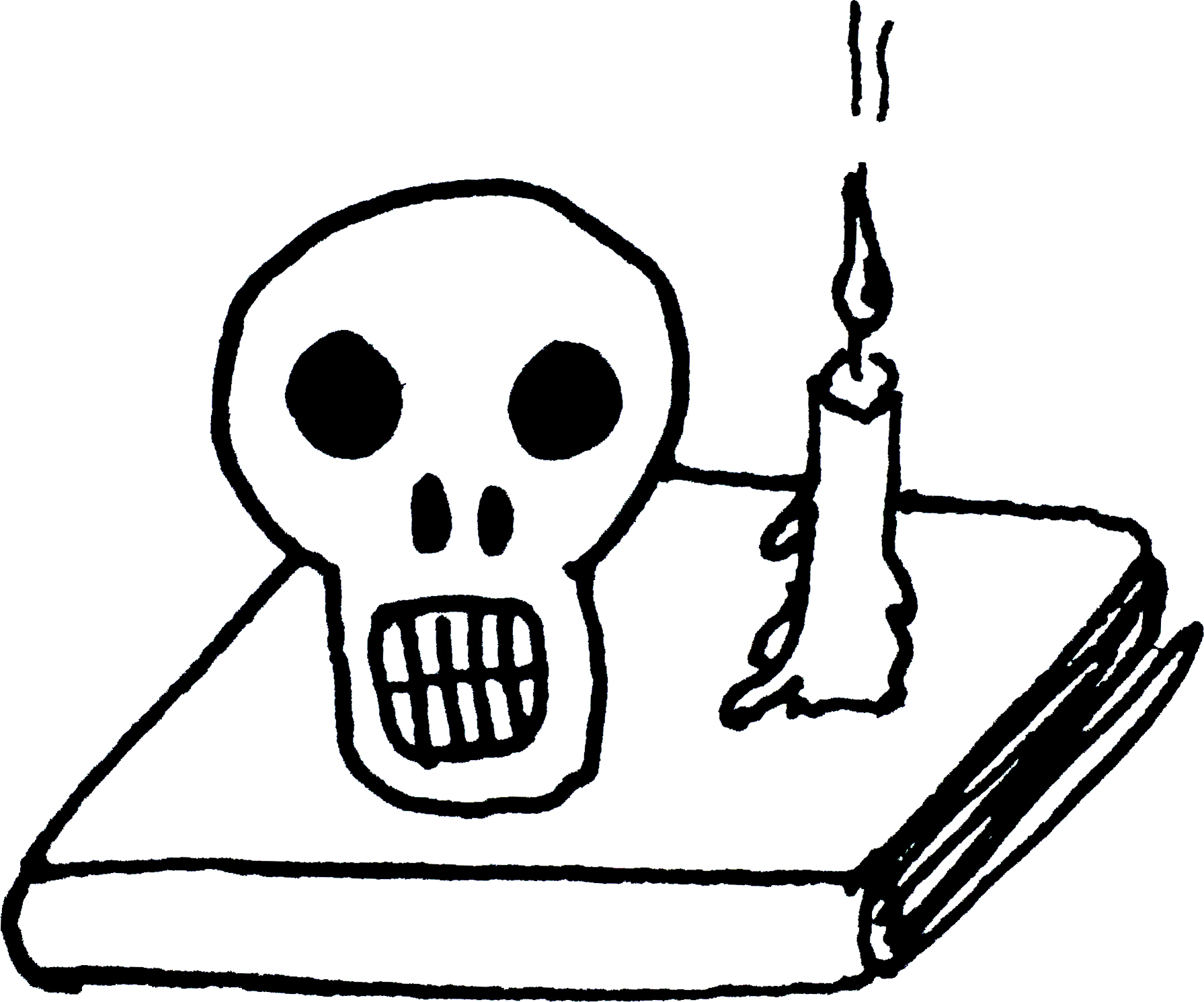A Snake That Dissapeared Through a Hole in The Wall
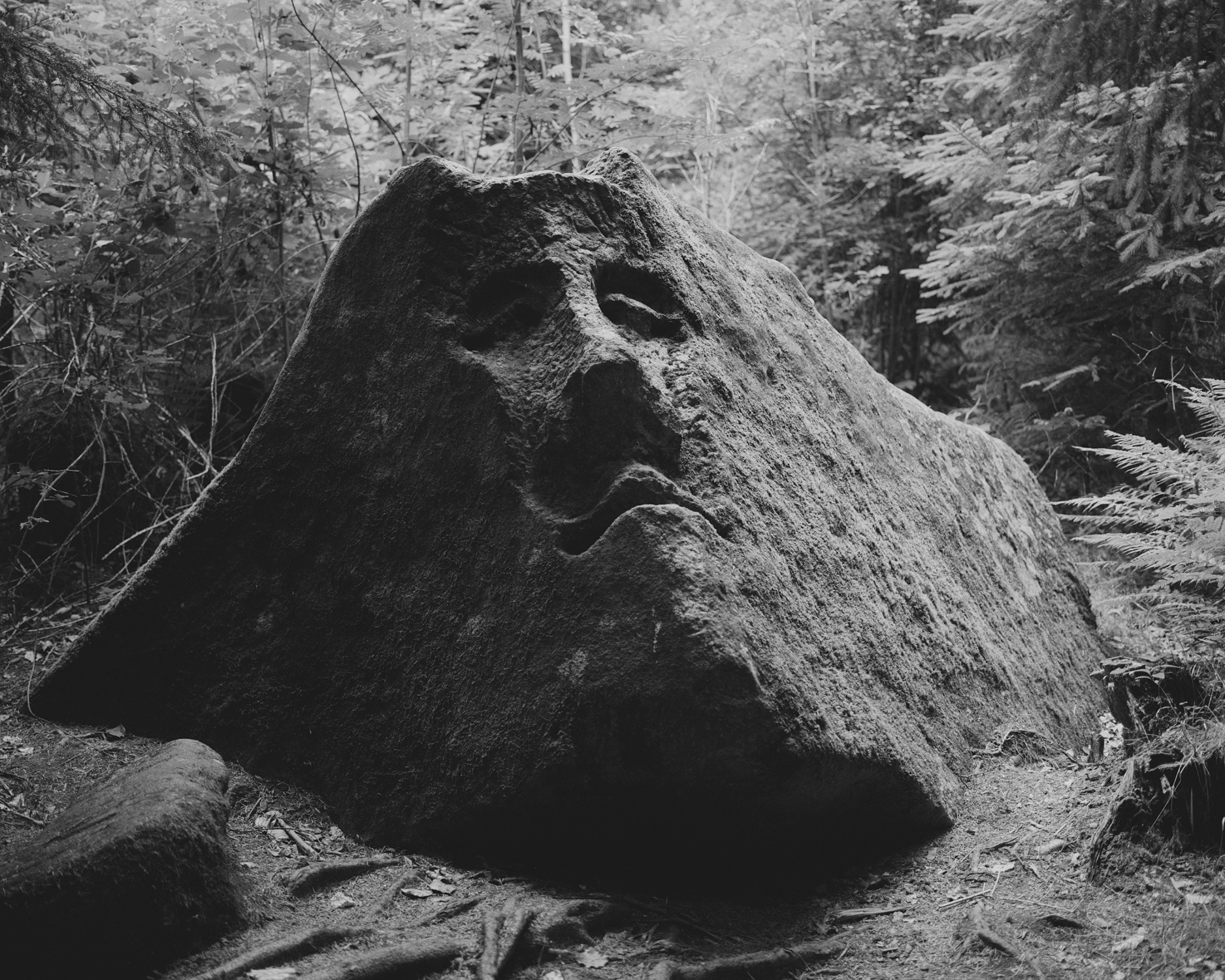
Image: Tereza Zelenkova, Dog cemetery, 2015
We can rarely break free from the spell that is cast upon us by the landscape of our childhood, our primordial home. Every place has its own complex history and a unique character, formed by an intricate web of nuances that are perceptible only to those who inhabit it for long enough. At the same time, we are often unaware of the uniqueness of our homeland and that invisible bond, at once comforting and suffocating, until we decide to leave. Its image, similarly, like a photograph, often acquires value only through a displacement across time and space. It is only when we’re faced with the realities of other worlds that we begin to learn about the distinct peculiarities of where we’re from, how it influences who we are, or, perhaps more accurately, who we think we are.
After many years of living abroad, I returned to the Czech Republic, the country where I grew up, to revisit and photograph places and local mythologies that were deeply connected to my childhood image of the Czech landscape. There’s a sense of melancholy that can be traced through literary works and oral legends from my homeland, a melancholy that can also be found in the impressions that the land made upon its more notable visitors. Romantic painters like Caspar David Friedrich, for example, were inspired by the landscape of northern Bohemia, and writers such as Hans Christian Andersen and the Brothers Grimm set some of their fairy tales in the same region. Nowadays, this melancholia often arises from the tangible traces of a not-so-distant past. Events set in motion by World War II and its aftermath, such as the forceful deportation of Sudeten Germans, as well as nearly five decades of totalitarian rule under the Communist regime, and the impact of exponential industry and agriculture growth, left many open wounds in the landscape.
While working on this project, I always envisioned it resulting in a book combining writing and photographs, carving out a near-mythical image of a land located somewhere in the lacuna between history and fiction. Back then, though, I hadn’t anticipated the political twists and turns that have since taken place. Recent years have been affected by a radical shift in public opinion throughout many parts of the Western world. The political situation has become increasingly more favorable to conservative governments, and this socio-political climate has stoked a sharp rise in the popularity of far-right groups and parties. So-called migration crises hit hard, while dubious media coverage impacted people’s votes and led to reactionary movements in many countries. The modern world has never been more divided.
In times like this it was hard to return to the largely romantic national mythologies of a country and not see the flaws in the identities that we all feel the need to cherish and protect. The nationalistic myth, like many other types of myths, can both unite and divide societies, and so they are problematic because they promote the false idea that only those sharing the same mythological past are our genuine allies. When revisiting my favorite books, architecture and artefacts representing my deepest associations with my own cultural heritage, what became increasingly obvious is how many of them had been commissioned, created, or introduced to this country by people of varying nationalities. It is not surprising of course, based on historical and geographical facts, but it is important to acknowledge this in order to understand that any national identity is, similarly as parts of this book, a fiction.
Text: Tereza Zelenkova
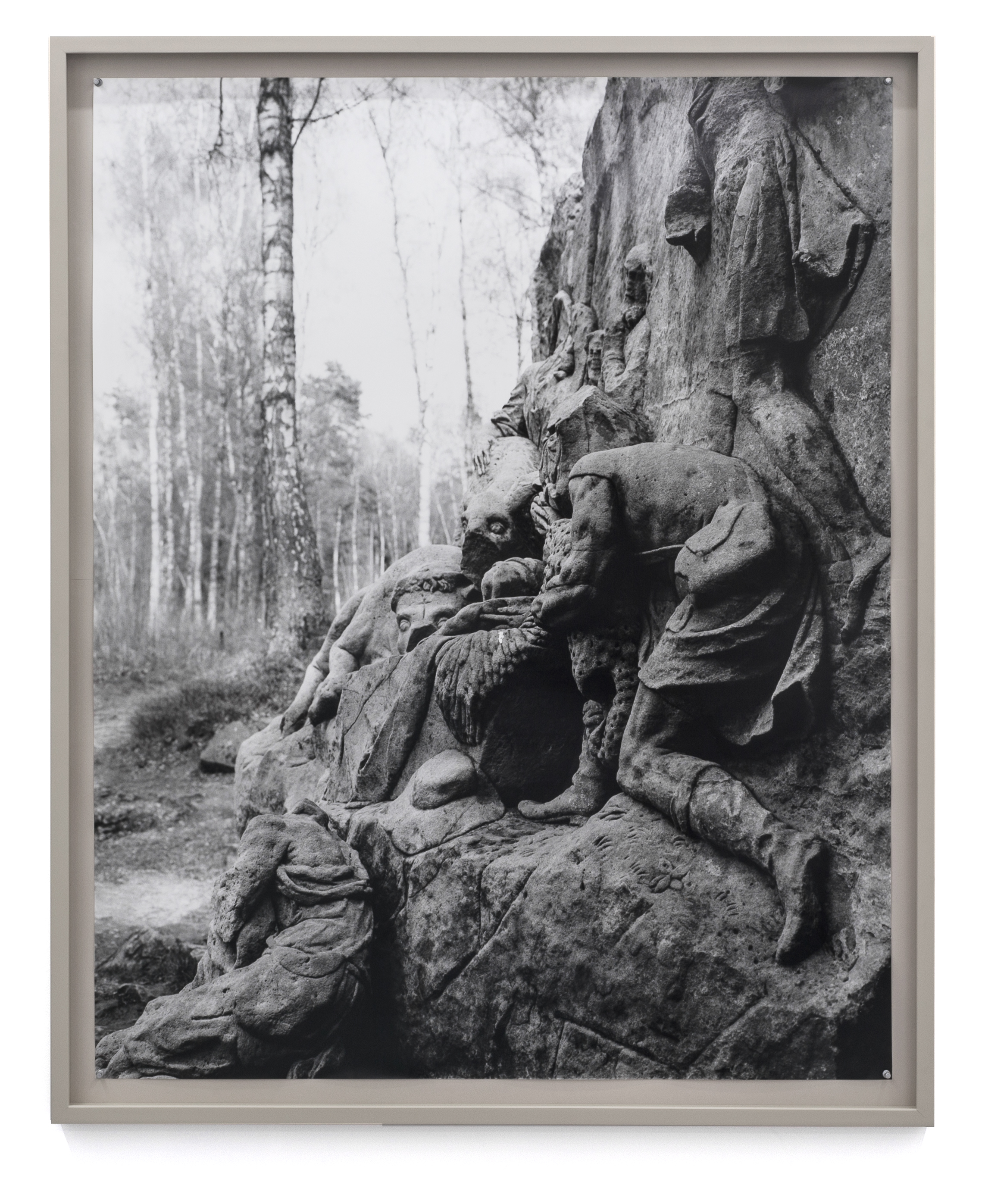
Image: Tereza Zelenkova, Braun’s Nativity Scene, Kuks, 2015
“Due to its peculiar relationship with time, its uncanny stillness and its potential for minute detail, photography promises to reveal just that bit more; something beyond the ordinary image of the everyday. It lures us to believe that it can see what’s unseen to the naked eye, that it can trespass into ordinary notions of time, and even that it can blur the thresholds between the world of the living and those long since passed. Moreover, I find the ambiguity, which might occasionally arise from certain photographs, to be a healthy antidote to a sometimes dangerously rational, definitive view of the world.
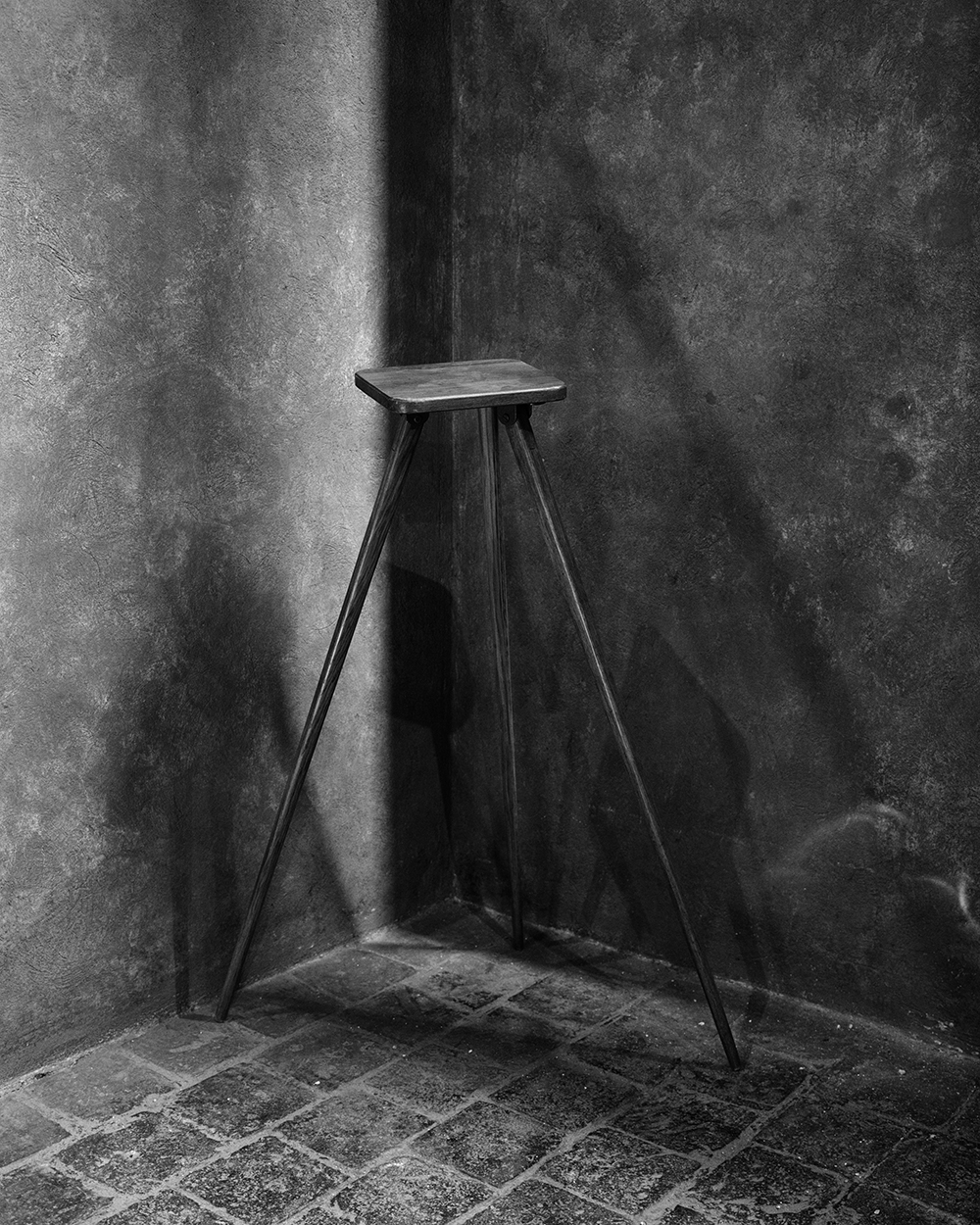
Image: Tereza Zelenkova, Tripod, Meridian Hall, Prague, 2016

Image: Tereza Zelenkova, The Unseen, 2015



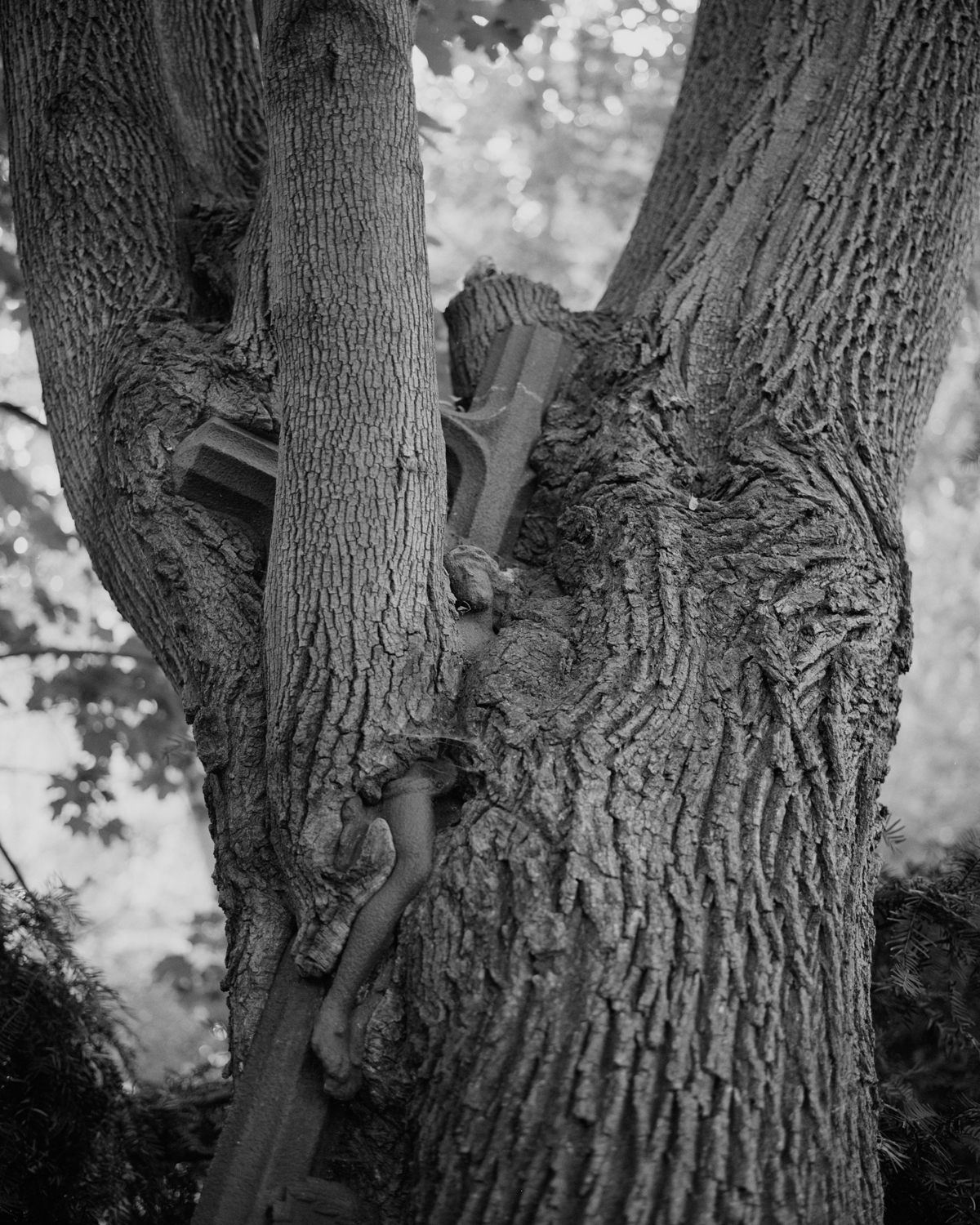



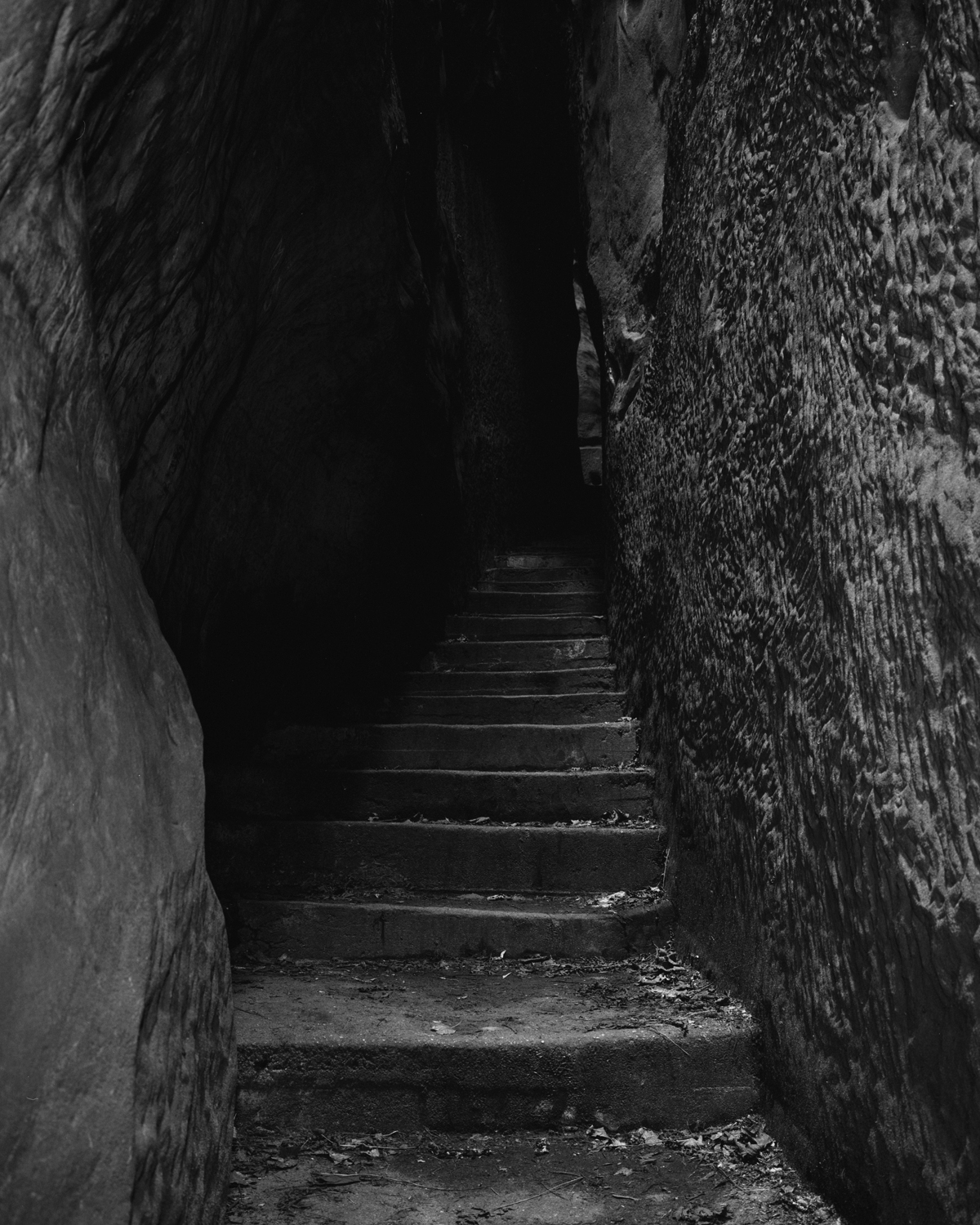

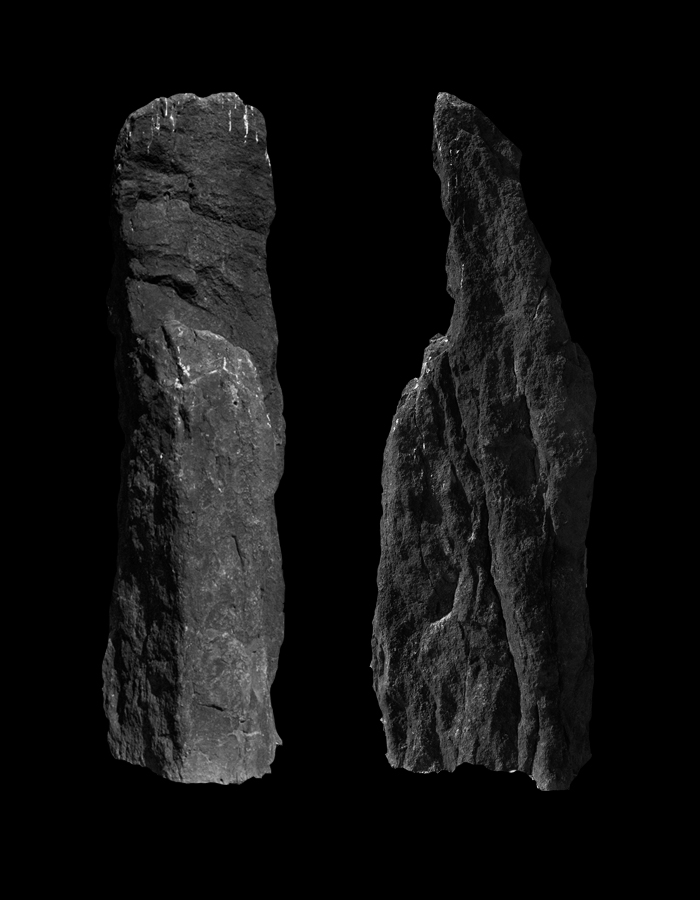
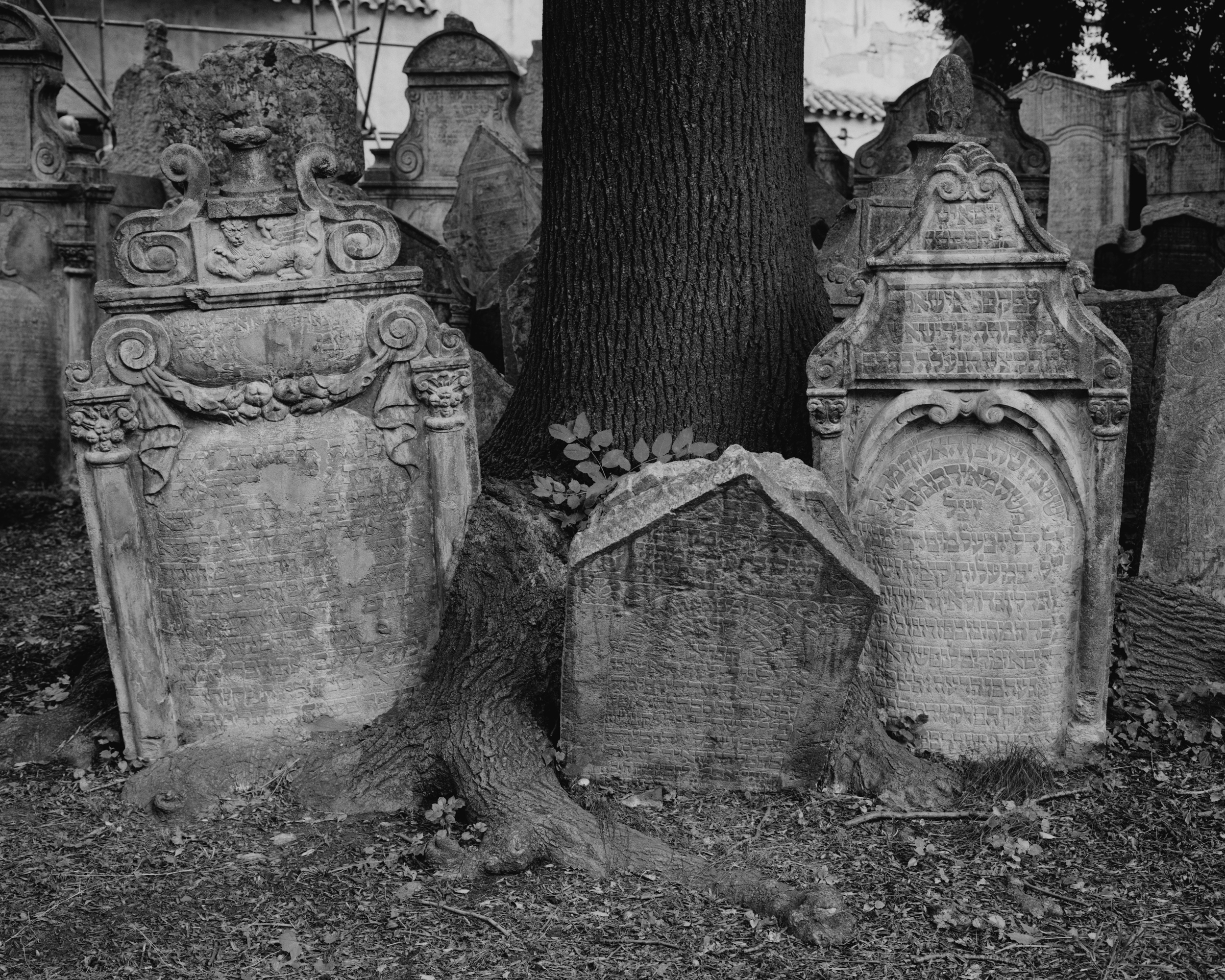

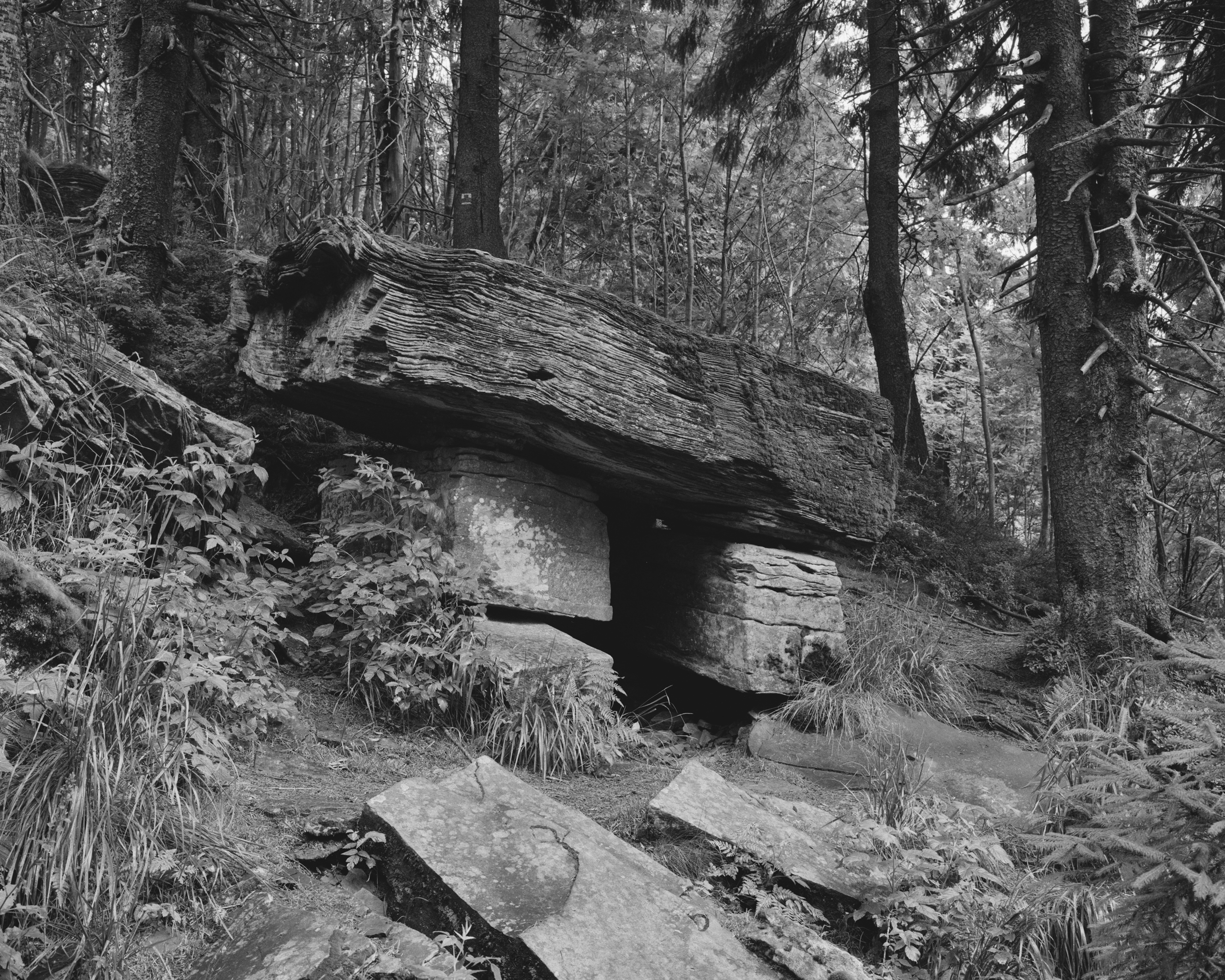
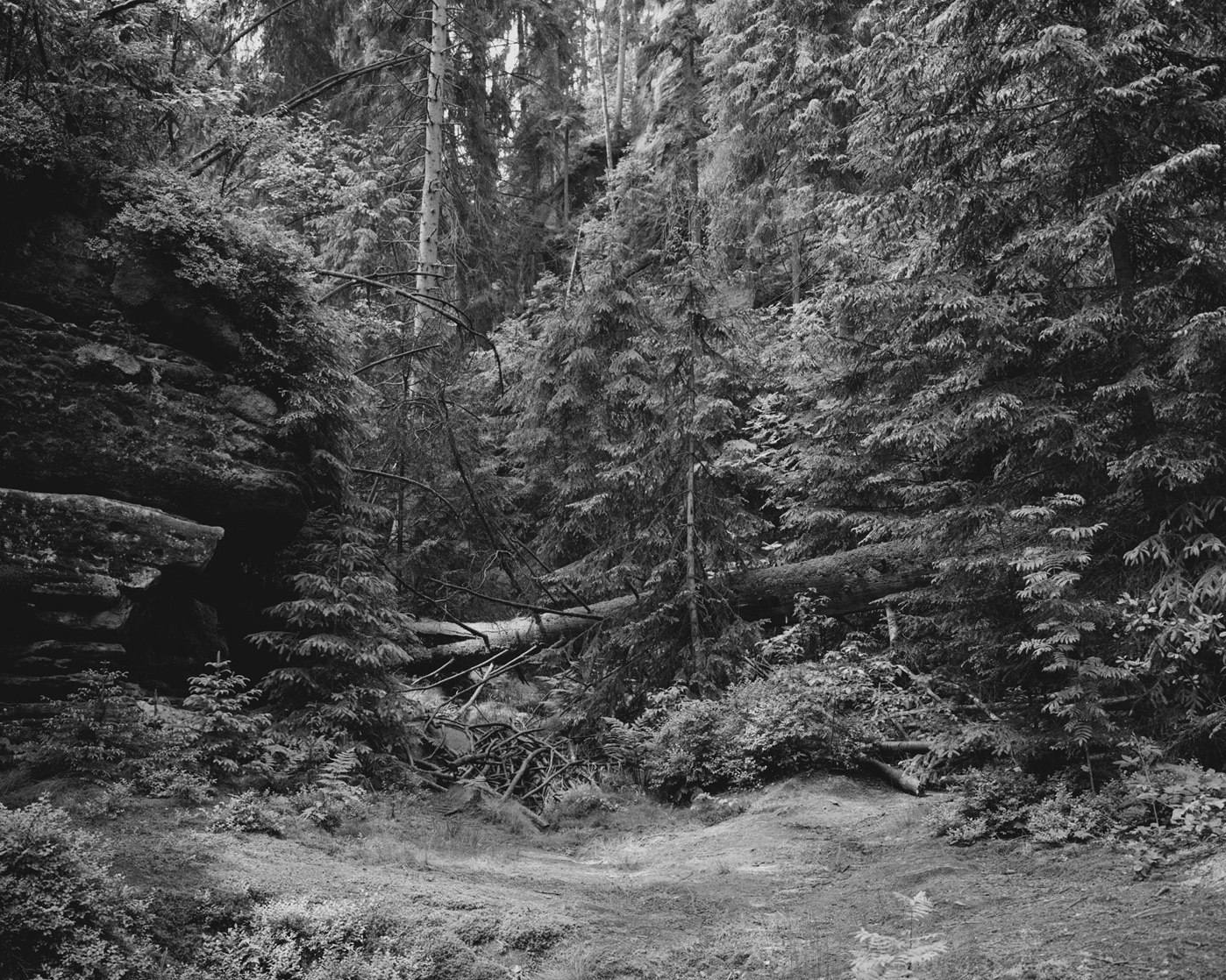

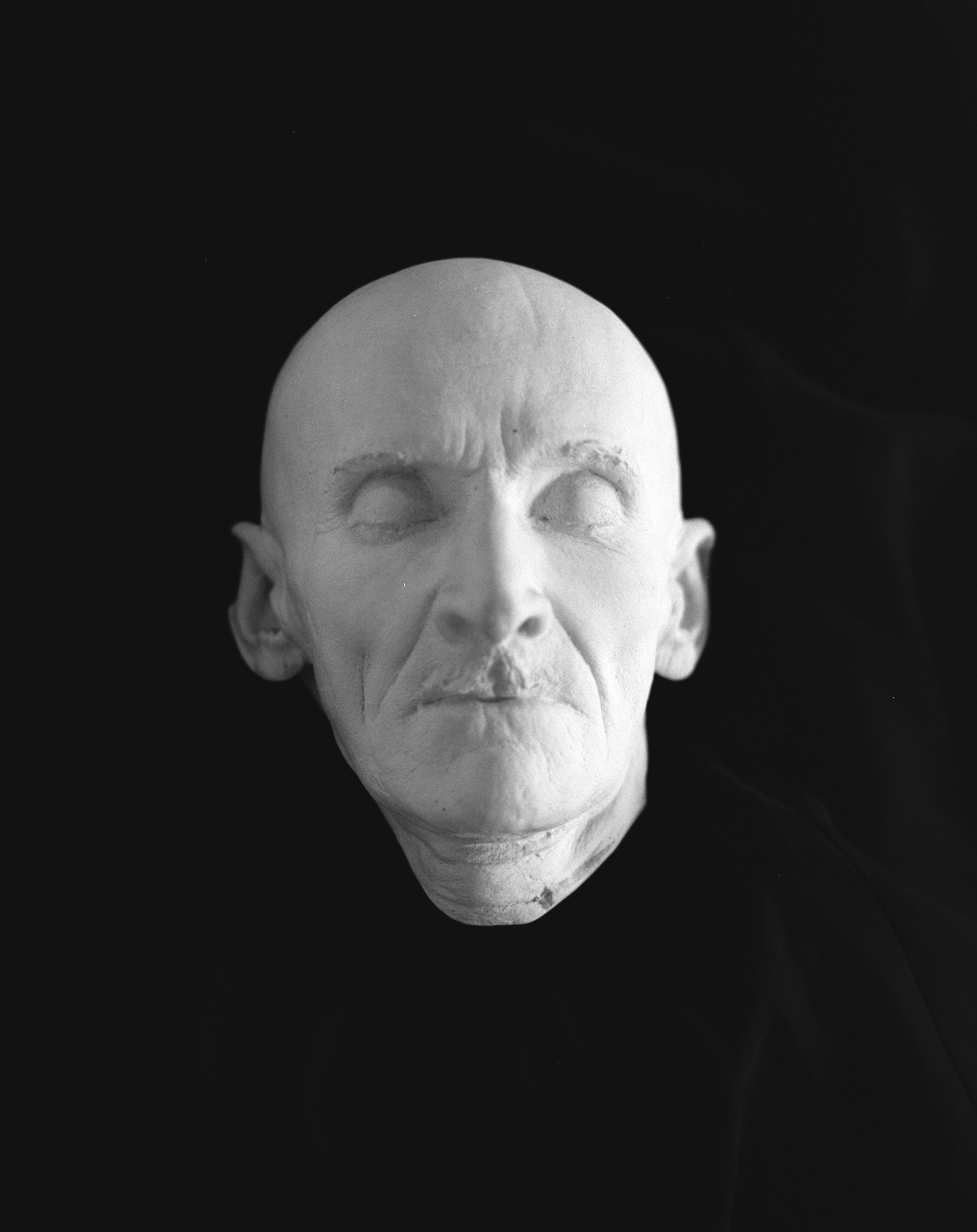

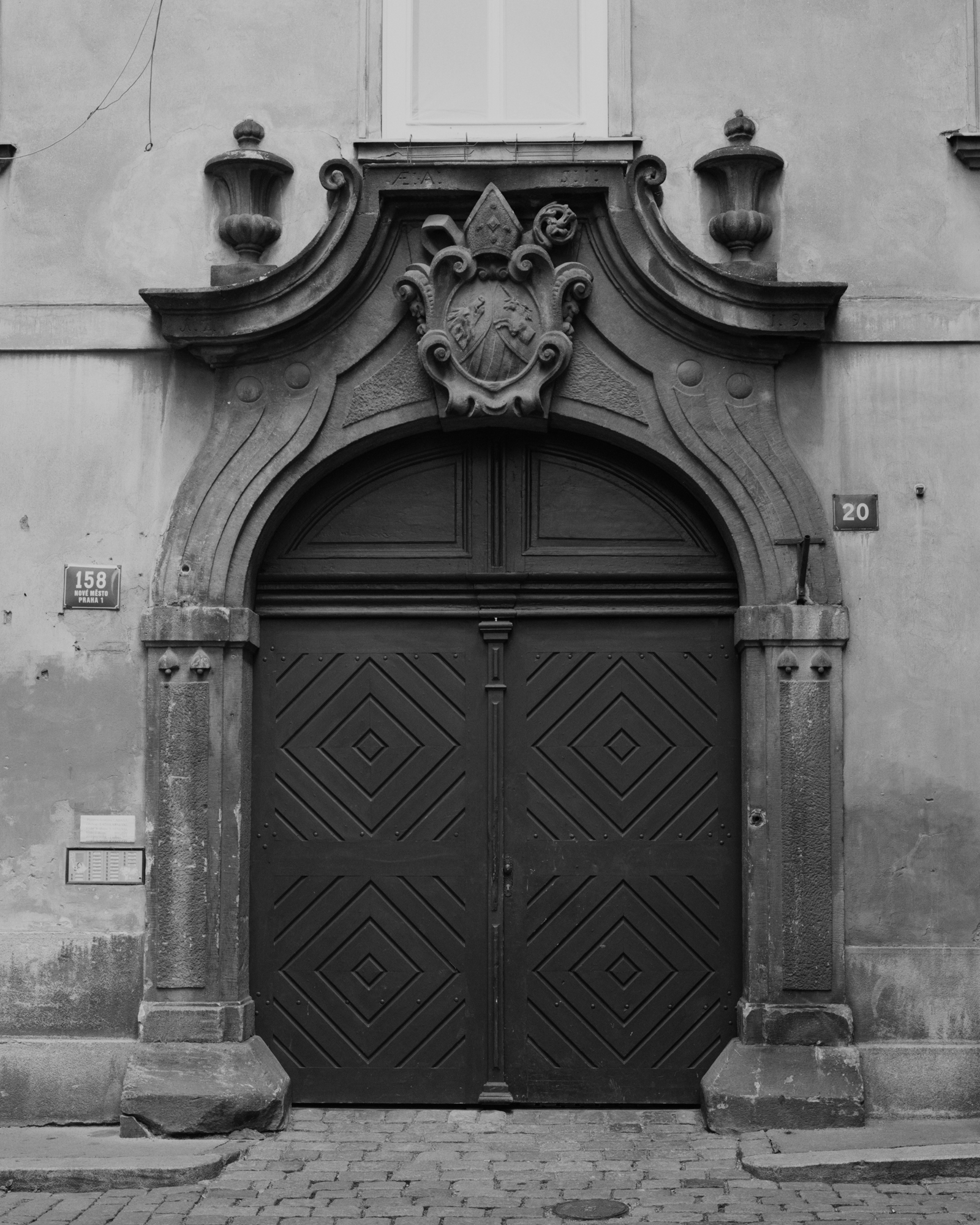
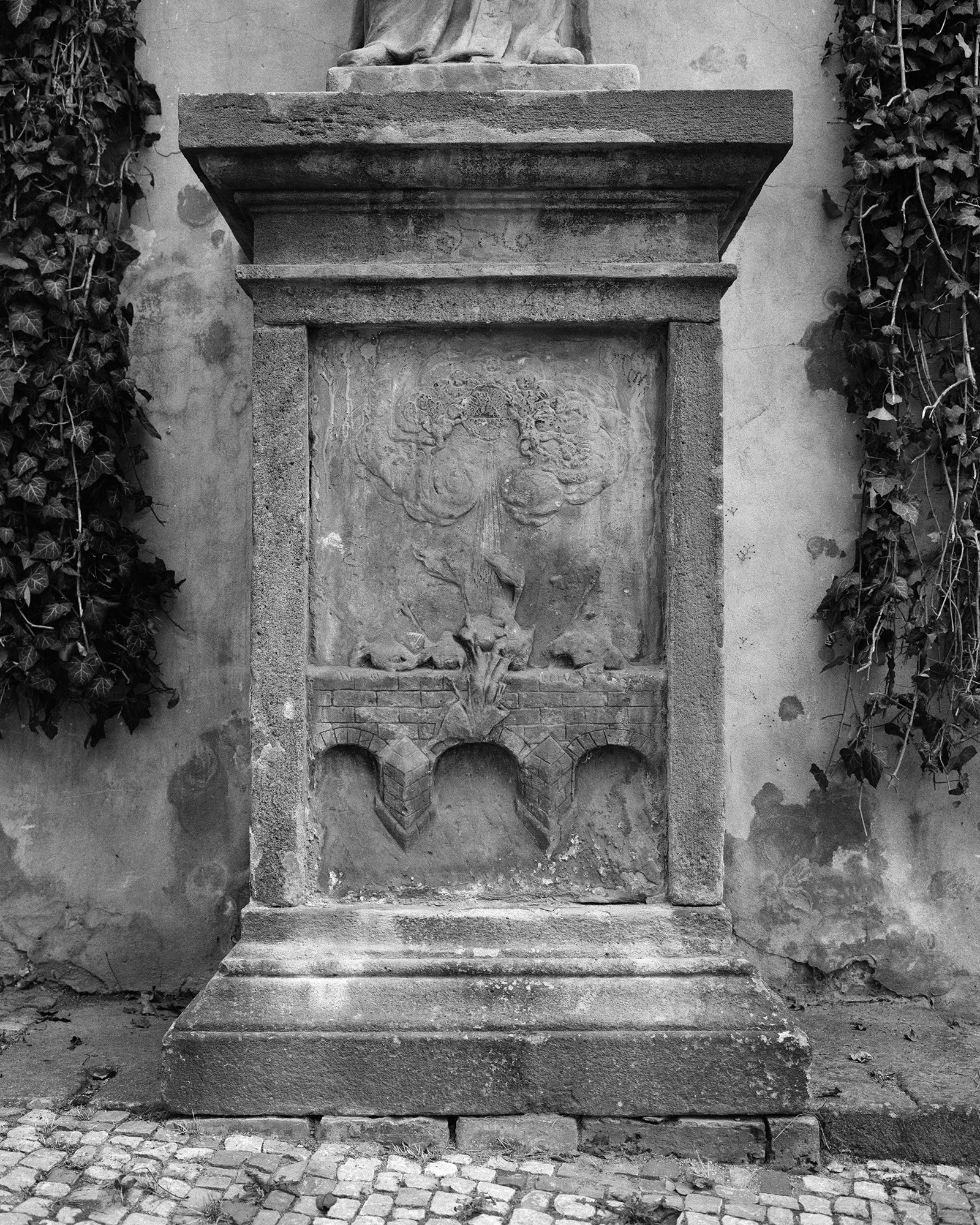
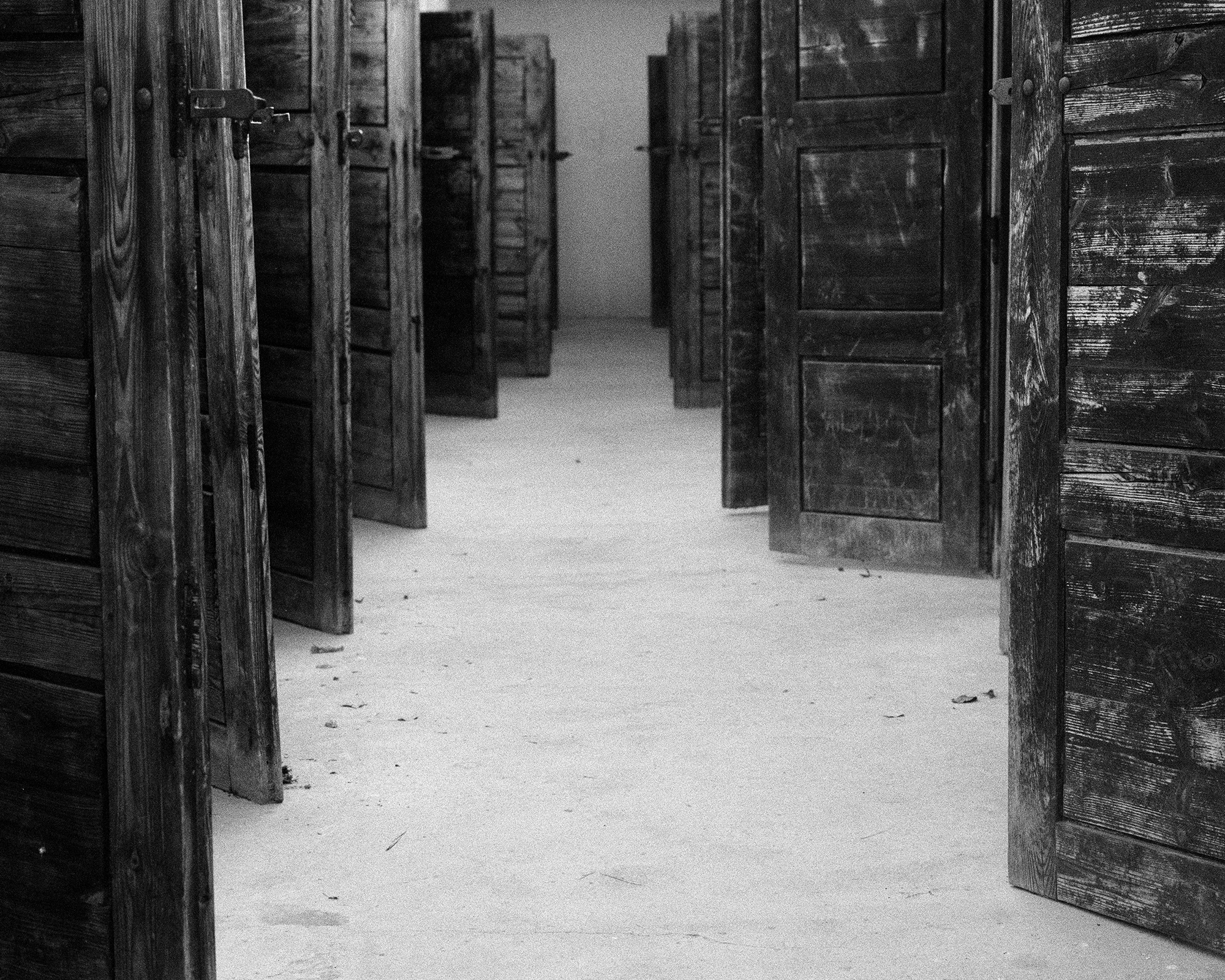
Images: Tereza Zelenkova, from the series The Snake That Disappeared Through a Hole, 2015 - present
 Installation view, Known & Strange exhibition, Victoria & Albert Museum, London, 2022
Installation view, Known & Strange exhibition, Victoria & Albert Museum, London, 2022 (Copyright V&A Museum)
Exhibition views, NoD Gallery, Prague, 2017
![]()
![]()
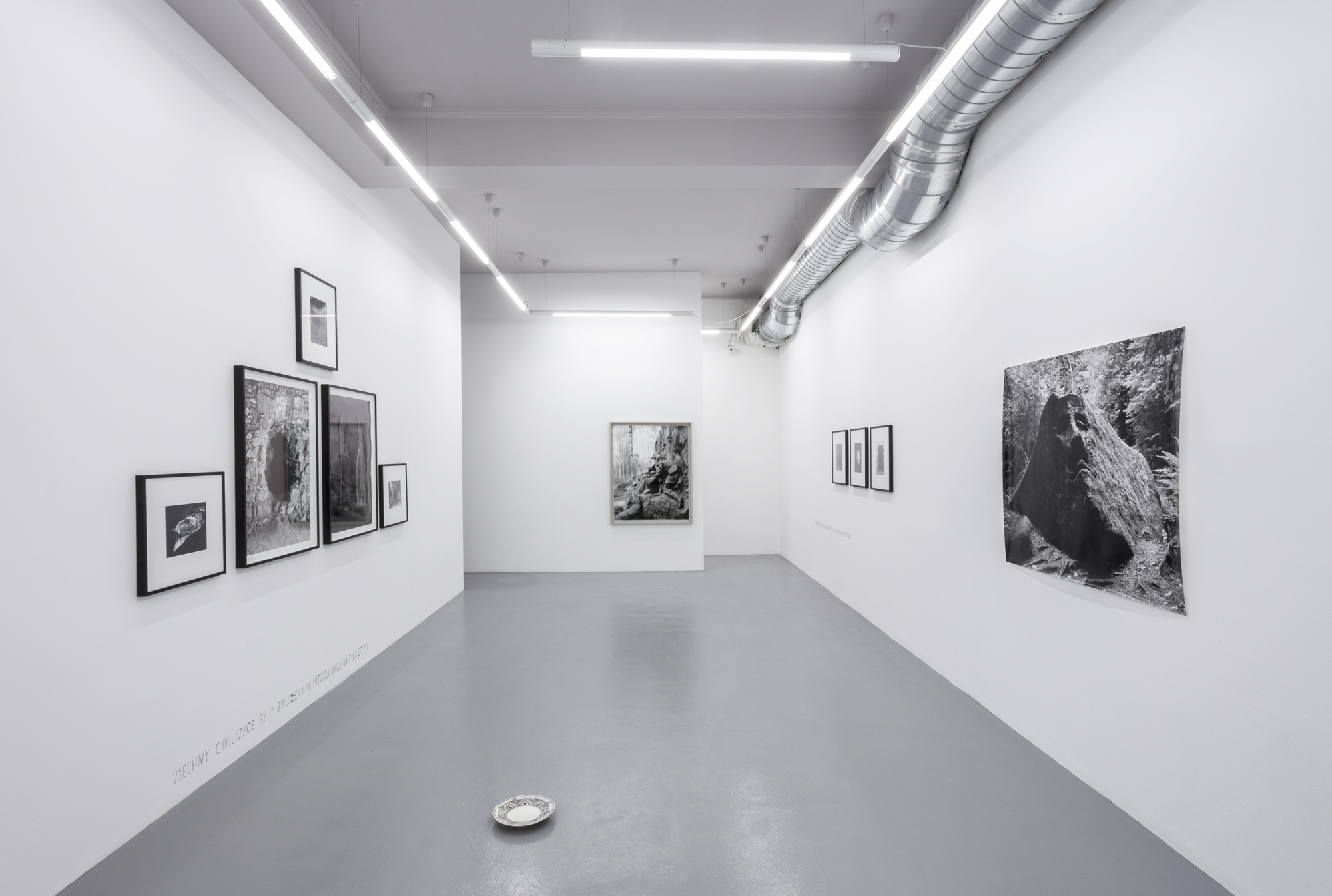
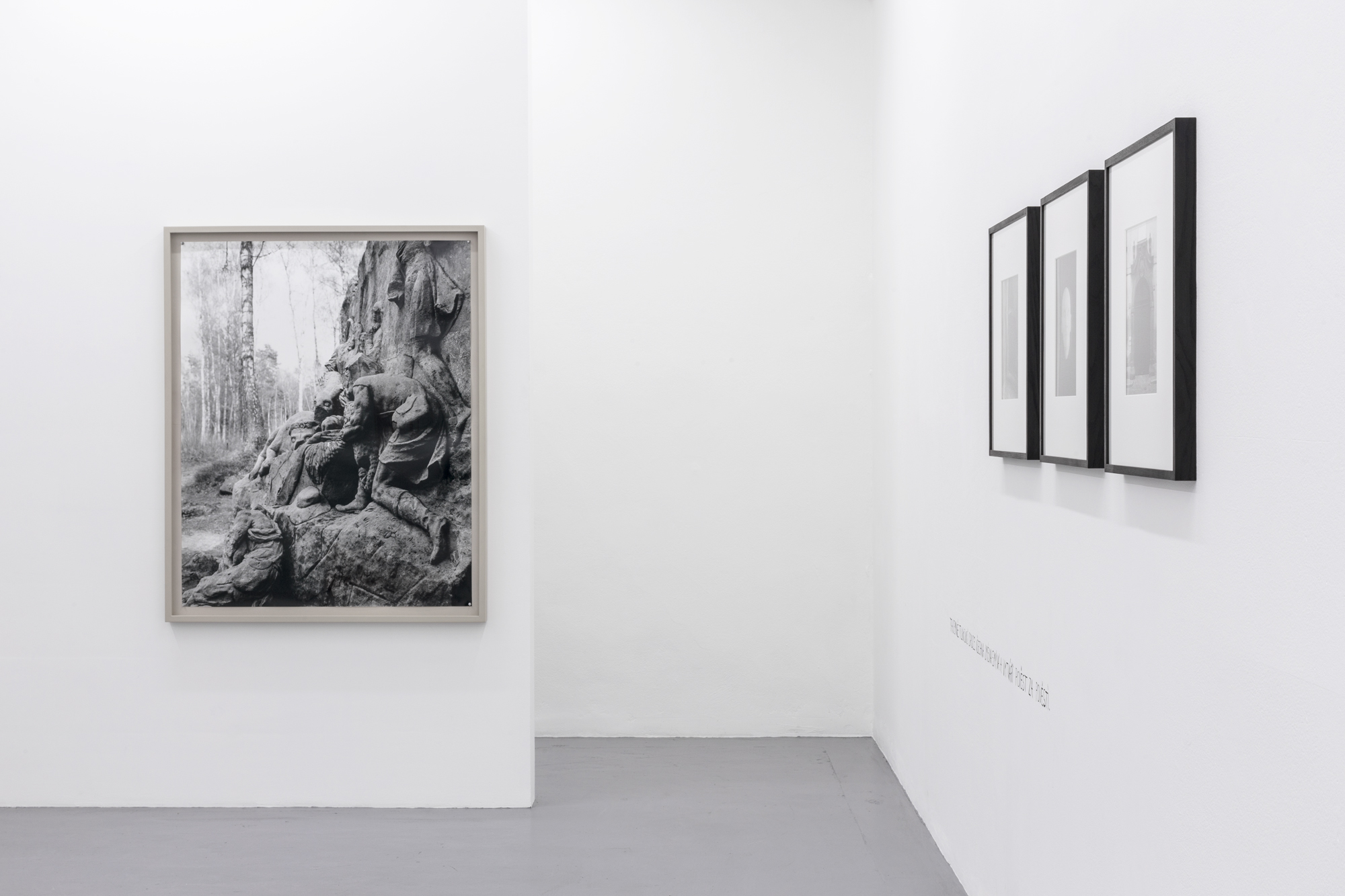
Exhibition views, Foam Museum, Amsterdam, 2018
![]()
![]()


The photography of Tereza Zelenkova is remarkable in that, although it employs a medium that is generally limited to capturing, representing and exploring the surface of things, it strongly alludes to that which often lies beneath the surface; imaginary, subliminal or unconscious undercurrents that, although elusive and difficult to pin down in an exacting way, are both emotionally familiar and hauntingly ever-present within her work. In a visual sense, the images themselves are by no means ethereal – they are crisp, clear, carefully considered and compositionally controlled – and yet each photograph disarmingly hums with discordant undertones that hint at uncertain mysteries, tenuous melancholies or seductively hidden meanings.
In previous projects, Zelenkova has often invoked rather heavy theories or dark themes to propel her work, including the death of God, Paleolithic cave dwellings, the daydreams of insomnia, and what she refers to as the ‘shamelessness’ of Georges Bataille. So it comes as somewhat of a surprise that her most recent body of work centers upon a seemingly straightforward return to the Czechoslovakian landscapes of her childhood, and visits to various historical and folkloric sites within it. Nevertheless, Zelenkova’s intuitively rich and darkly imaginative sensibilities thrive in such environments, sidestepping literal, documentative description and conventional cultural or allegorical associations in favor of overarching personal and emotional resonances. Although the photographs are situated in places that purportedly contain legends of Medieval mass murder and heroic villainy, as well as the “Devil’s Table” and the “Gates of Hell”, the specifics of these histories and affiliations are secondary, if not entirely inconsequential, to the underlying and unnerving tenor of the images themselves. ‘I’m more interested in exploring the general poetics – of the landscape and stories tied to it – than in archiving individual legends or facts’, Zelenkova explains, ‘I’m tracing a sort of subjective image of the place where I grew up, and creating what might be called my own landscape mythology’.
Within this newfound mythology, Zelenkova astutely transforms the literal into the symbolic – fallen trees, hewn rock, faceless figures and inky-black voids insist that the mind wanders far beyond the surface of the scene or the limits of the frame, and, in a sense, deeply and searchingly into itself. Yet by denying the power of the existing stories or established symbols already present in the landscapes of her childhood, Zelenkova exhumes new, resolutely ambiguous, and quietly personal meanings, retaining just enough of an open-endedness for the viewer to feel both enveloped by the dense atmosphere of their presence, and, at the same time, invited to decipher their significances and their nuances for themselves.
Text: Aaron Schuman, Artist, Independent curator and Programme Leader of MA Photography at UWE Bristol
September, 2015
Copyright: Tereza Zelenkova, 2022
